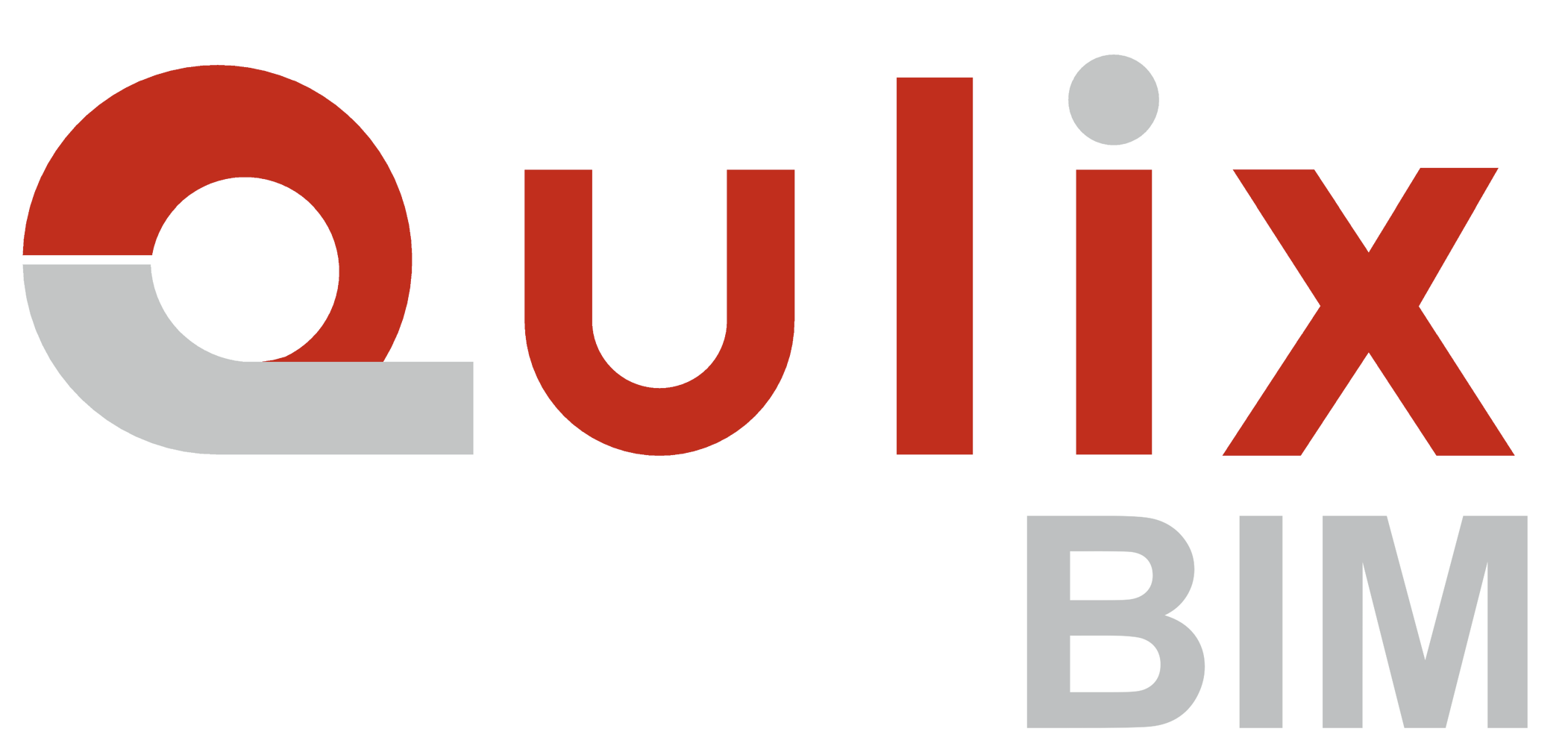BIM: The Game-Changer Everyone is Talking About
BIM, or building information modeling, is a system that is quickly becoming the standard for the construction industry. It’s not just a fancy 3D model; it’s a massive database that holds all the important information about a project, from the design all the way through to maintenance. However, many smaller firms are still hesitant to adopt this powerful technology. They worry about the costs of training and software, and if it’s really worth it. The truth is, ignoring BIM today means falling behind tomorrow. This blog post will explain the core benefits of BIM, show you how to get started easily, and make a strong case for why your firm needs to make the shift now to stay competitive and save money in the long run.


What is BIM, Really?
BIM is more than software. It’s a process. Imagine a traditional project where the architects, structural engineers, and MEP specialists all work with separate 2D drawings. Clash detection is difficult and often happens on site, which is costly.
With BIM, everyone works within a single, shared, intelligent digital model. This model contains not only the geometry of the building but also the non-graphic data, such as manufacturers’ details, installation dates, and maintenance schedules. The entire team can access and contribute to this model, leading to better coordination and fewer errors.

Core Benefits: Why the Shift is Crucial
One of the biggest advantages is Clash Detection. Because the model integrates all disciplines, potential conflicts (like a duct running through a beam) are identified in the design phase, not on the construction site. This save’s time and money. Secondly, Visualization is improved. Stakeholders can walk through a virtual model before the first shovel hits the dirt. This improves client sign-off and ensures the design meets the users needs. Third, Quantity Takeoffs are automated. The model can instantly provide accurate lists of materials needed, reducing waste and improving procurement. Finally, the “I” in BIM is for Information. This data-rich model is vital for Facilities Management after handover, saving owners significant operating costs over the building’s lifecycle.

Overcoming Adoption Barriers
The biggest barrier is the initial cost and the learning curve. Firms must invest in new software licenses (like Revit or ArchiCAD) and dedicate time to employee training. But this initial investment is quickly offset by efficiency gains. To start easily, a small firm can pilot a BIM project. Start with one small, low-risk project and focus on only one key benefit, like clash detection. Hire a BIM consultant to guide the process. Don’t try to change everything at once. Gradual implementation is the key to success and smooth transition.

The Future is Digital
To conclude, BIM isn’t a trend; it’s the future of AEC. Firms that ignore it will struggle to win contracts and will see their profit margins shrink. Embracing BIM is a commitment to efficiency, reduced risk, and better project outcomes. Make the shift today.

